Catania was once a pivotal battleground during the Allies’ 1943 invasion of Sicily. This Operation Husky aimed to secure strategic locations and divert Axis forces. The ensuing Battle of Catania was marked by fierce fighting and significant casualties. Though the Allies ultimately captured the city, the impact on the local population was profound, leading to displacement and hardship. What led to this critical clash, and how did it shape the fate of the region? Exploring the details of Catania’s role in Operation Husky provides valuable insights into a pivotal moment in World War II history.
Key Points

- Operation Husky, the Allied invasion of Sicily, was a crucial turning point in World War II that aimed to capture the strategic city of Catania.
- German forces, led by General Eberhard Rodt, fiercely defended Catania, resulting in intense and devastating battles with significant casualties on both sides.
- The Allies, under the command of General Dwight D. Eisenhower, employed air bombardment and frontal assaults to capture Catania’s airfield and secure a foothold in Italy.
- The battle for Catania had a significant impact on the local population, who experienced displacement, shortages, and harsh martial law imposed by the German military.
- The successful capture of Catania by the Allies paved the way for the eventual defeat of Mussolini’s regime and the Allied victory in World War II.
Historical Context of Catania 1943
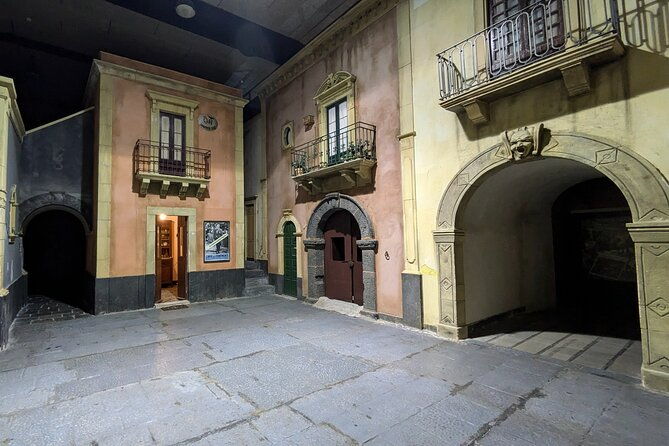
Although the city of Catania in Sicily had seen its share of conflict throughout history, the events of 1943 marked a significant turning point.
As World War II raged, the Allies launched Operation Husky, a massive amphibious invasion of the island. Catania found itself at the center of the action, with intense battles raging across the region.
The city’s strategic location and transportation hubs made it a crucial objective for both sides. The ensuing struggle would have a profound impact on the course of the war and the future of Catania itself.
Looking for more options in Sicily? We've reviewed plenty of other experiences.
The Husky Operation: Overview
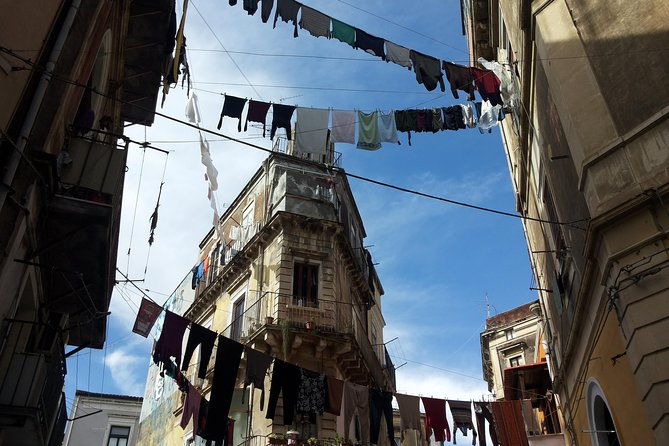
Operation Husky was a massive Allied military operation that commenced on July 10, 1943. It targeted the island of Sicily, a strategic location for controlling the Mediterranean Sea.
The invasion involved over 150,000 troops from the United States, United Kingdom, Canada, and other Allied nations.
The Husky operation had three key objectives:
-
Capture the island of Sicily
-
Secure a foothold in Italy
-
Divert Axis forces away from the Eastern Front
The invasion was a success, leading to the fall of Mussolini’s Fascist regime and paving the way for the eventual Allied victory in World War II.
Key Figures Involved
The Husky operation involved several key military leaders from the Allied forces.
General Dwight D. Eisenhower commanded the overall Allied invasion, while General Sir Harold Alexander led the ground forces.
General Dwight D. Eisenhower commanded the overall Allied invasion, while General Sir Harold Alexander led the ground forces.
Lieutenant General George Patton commanded the U.S. Seventh Army, which landed on the island’s southern coast.
Admiral Sir Andrew Cunningham directed the naval component, and Air Chief Marshal Sir Arthur Tedder was responsible for the air campaign.
These experienced commanders orchestrated a complex operation that ultimately led to the successful invasion and capture of Sicily in the summer of 1943, a major turning point in the war in Europe.
Battle of Catania: Strategies and Outcomes
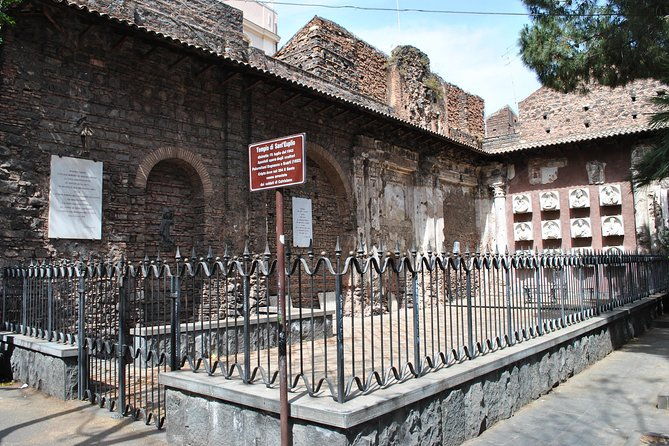
After the successful Allied landings in Sicily during the Husky operation, the focus shifted to the strategically important city of Catania.
Both the Allies and the Axis recognized Catania’s strategic value, leading to intense battles for control of the city:
-
The Allies aimed to capture Catania quickly to secure the airfields and establish a foothold on the island. They employed a combination of air bombardment and frontal assaults to break the German defenses.
-
The Germans, led by General Eberhard Rodt, fiercely defended Catania, using the urban terrain to their advantage and launching counterattacks to delay the Allied advance.
-
The brutal fighting resulted in significant casualties on both sides, but the Allies ultimately prevailed, capturing Catania after a week-long battle, paving the way for their further advance in Sicily.
Significance of the Husky Operation
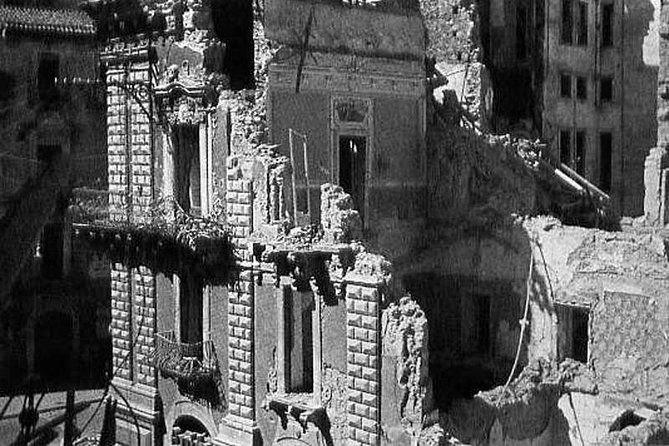
Though the capture of Catania was a significant victory for the Allies, the broader Husky operation held even greater strategic importance.
The invasion of Sicily was the first major Allied offensive against Axis-held Europe. Its success paved the way for the invasion of mainland Italy, ultimately leading to the downfall of Mussolini’s fascist regime.
The invasion of Sicily paved the way for the invasion of mainland Italy, leading to the downfall of Mussolini’s fascist regime.
On top of that, Husky demonstrated the Allies’ ability to effectively coordinate a complex amphibious assault, foreshadowing the D-Day landings a year later.
Beyond the tactical gains, Husky’s psychological impact was immense, convincing Hitler that the Allies were prepared to take the war to the European continent.
Impact on the Local Population
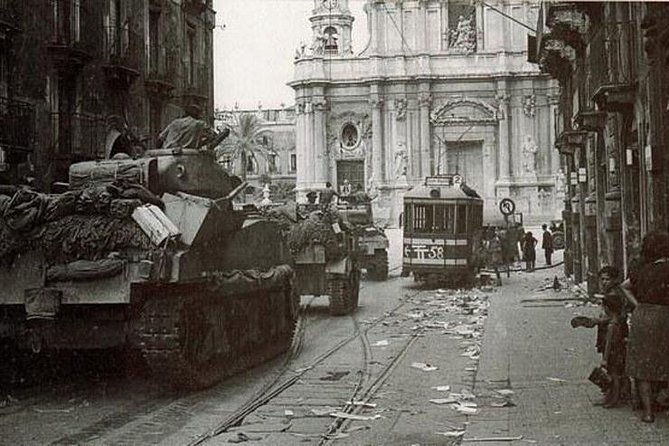
Beyond the strategic importance of the Husky operation, the Allied invasion had a profound impact on the local population of Catania. The residents endured bombardment, occupation, and upheaval.
Some key impacts included:
-
Displacement – Many civilians fled their homes, seeking refuge in nearby towns or rural areas to escape the fighting.
-
Hardship – Food and supplies ran short, leaving the population struggling to survive the chaos of the battle.
-
Repression – The German military cracked down on the local populace, imposing harsh martial law and restricting movement.
The Husky operation left an indelible mark on Catania, shaping the lives of its people for years to come.
Preservation of Catania’s WWII Heritage
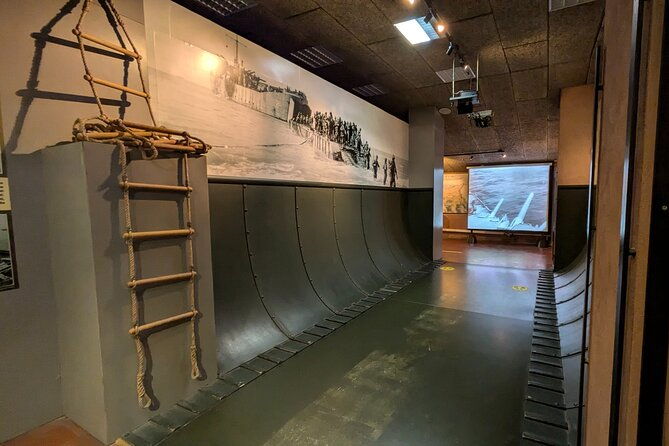
Despite the devastation wrought by the Husky operation, Catania has made concerted efforts to preserve its WWII heritage.
The Museo Storico dello Sbarco in Sicilia 1943 offers a glimpse into the past, with exhibits and artifacts from the invasion. Private tours bring visitors to key sites, like the Roman Amphitheater, providing exclusive access.
The city’s commitment to honoring this history ensures future generations can learn from the past. While the scars of war remain, Catania’s dedication to preserving its WWII legacy ensures this pivotal chapter in Sicily’s history isn’t forgotten.
Visiting the Catania Battlefields Today
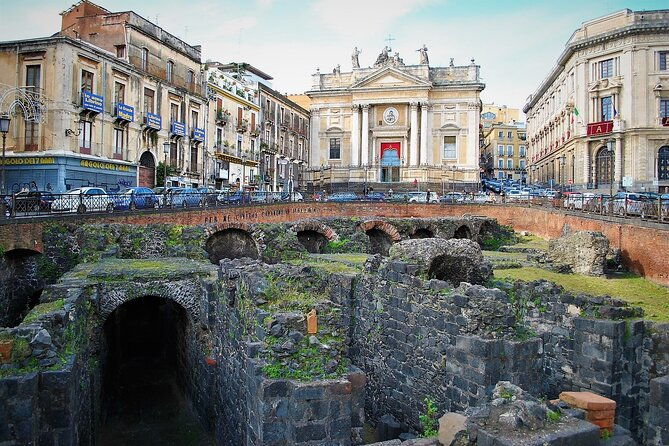
Visitors today can explore Catania’s WWII battlefields, gaining a firsthand understanding of the pivotal Husky operation.
Private tours guide travelers through key sites, including:
-
The Museo Storico dello Sbarco, which provides historical context and artifacts from the invasion.
-
The Roman Amphitheater, a strategic location during the battle that offers panoramic views of the region.
-
Restricted areas normally closed to the public, accessed with the tour for an immersive experience.
Knowledgeable guides share firsthand accounts, bringing the history to life and highlighting Catania’s resilience in the face of conflict.
More Walking Tours in Sicily
- Erice walking-tour, the ancient village and local products (all incl)
- Palermo Walking Food Tour with Secret Food Tours
- Last minute Palermo Walking Tour and Street Food
- Markets and monuments: walking tour and street food in Palermo
- Ragusa: Photography Walk with Professional Portraits
- Vulcano Island: Panoramic Walk
More Tours in Sicily
- Gibellina: Cretto di Burri “Beneath the Surface” Guided Tour
- Pillirina, Ortigia, caves: Boat Tour, Snorkeling & Prosecco
- Marettimo: tour of the wonders of the wildest island in the Egadi archipelago
- Etna Family Tour Excursion for families with children on Etna
- Etna Excursion 4X4 Jeep Tour in the morning – Live an adventure!
- Etna DOC & Organic Wine tasting and tour of the 1815 historic winery
More Tour Reviews in Sicily
- Gibellina: Cretto di Burri “Beneath the Surface” Guided Tour
- Pillirina, Ortigia, caves: Boat Tour, Snorkeling & Prosecco
- Marettimo: tour of the wonders of the wildest island in the Egadi archipelago
- Ortygia VR Experience
- Palermo: Zisa Palace Entry Ticket with Audio Guide App
- Salina: Wine Tasting & Brunch on Estate in Malfa
Still browsing? Here are more Sicily experiences we've covered recently
- You’ll Love These 14 Tours & Experiences In Sicily
- Top 8 Wine Tours In Sicily
- 8 Top Workshops & Classes In Sicily (With Reviews & Prices)
- The 3 Best Scuba Diving Experiences In Sicily
- The 10 Best Food Tours In Sicily
- Sicily’s 6 Best Lunch Experiences
- Sicily’s 6 Best Walking Tours: Which To Choose?
- Our Picks For The 14 Best Tours In Sicily
- The 9 Best Snorkeling Experiences In Sicily
- The 4 Top Historical Tours In Sicily: Which Is Best?
- 3 Must-Try Shopping & Market Tours In Sicily
- Our 6 Favorite Sicily Sailing Experiences
